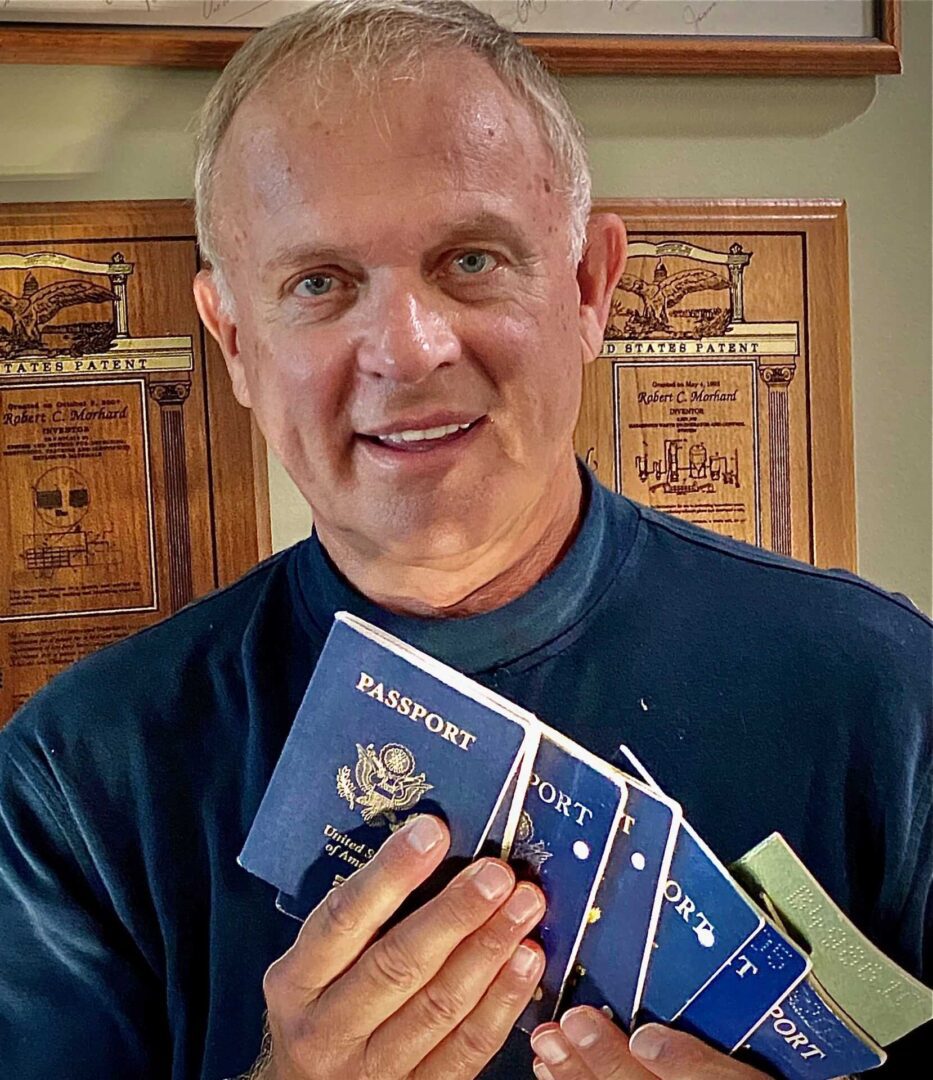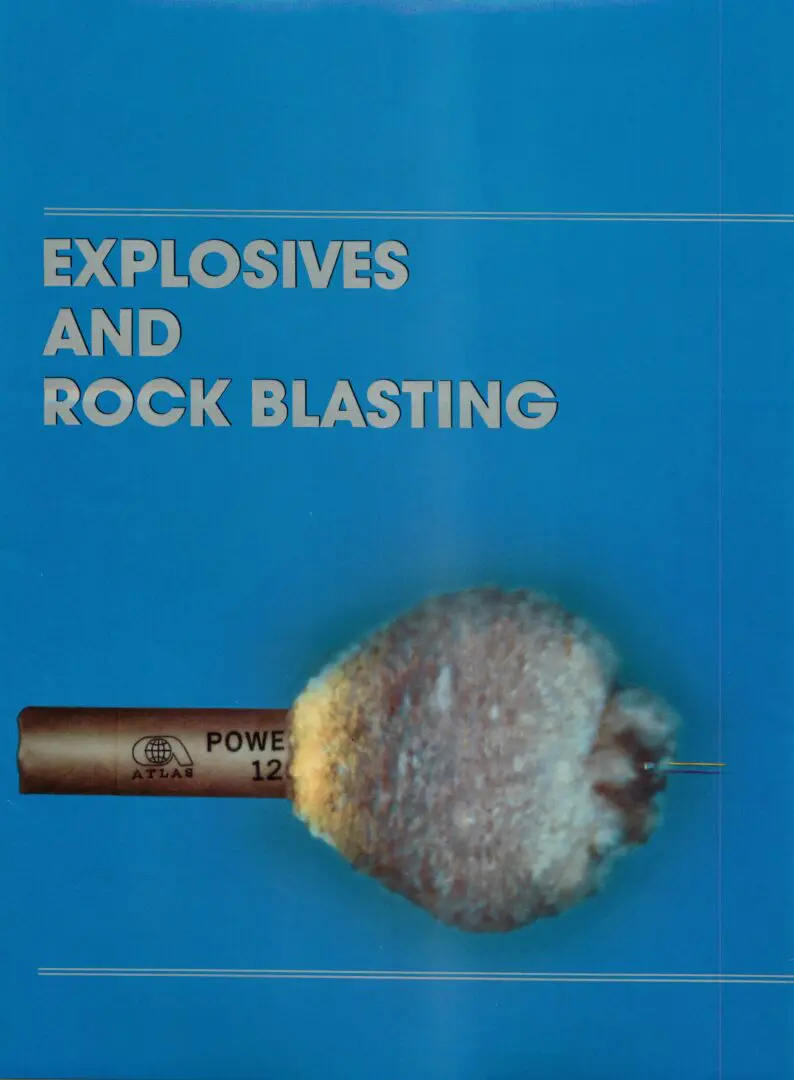ExploConsult Solves Complex Problems
Qualifications
Technical experiences acquired performing 755 projects over 51 years in 112 countries with explosives, propellants, pyrotechnics, military ordnance, rockets, and fireworks focusing on formulation, process plant equipment, new facility design, equipment commissioning, use applications, forensic accident investigations, insurance underwriting, expert witness testimony, legal consulting, and due diligence.
The range of projects completed includes: research and development of new explosives and propellants, raw materials approvals, formulation and chemistry, processing plant design and siting, regulatory approvals, UN and US DOT Hazardous Materials Certification, production processing, equipment design, procedure development, packaging design, handling, operator safety, risk-management, storage, logistics, use and application, insurance underwriting, accident investigation, life-cycle management, recycling and disposal.

CEO level consulting to 6 of top 10 global explosives and propellant manufacturers
US Patents
Extensive US Military Technical Training
Explosives Safety is NO ACCIDENT
Explosives safety is a serious business, and our global explosives industry is extremely safe. Let’s take the time today to keep it that way. We all work safely as demonstrated by literally producing and using nearly 14 million metric tons of explosives materials globally in 2024 with minimal significant accidents reported. Every accident is tragic, and we must seek to prevent any future accidents, and this is a responsibility that we all must embrace. Overall, manufacturers, transporters, and users remain focused on safety, and it is imperative that we continue to train others coming up in our organizations and waterfall our knowledge to new individuals. The governmental authorities having justification and those in top management must continue to consistently reinforce and develop an explosives safety and culture.
While technology is making things simpler and more automated, it’s vital that we continually assess risk manufacturing, handling, and using explosives materials. Explosives safety professionals require many years of research and careful examination of the root causes of past accidents and incidents. A properly trained explosives safety professional requires years of careful examination of the situation and the knowledge that even the smallest deviation can result in a tragic accident.
In addition, explosives safety professionals must analyze and comprehend the many international regulations, guidelines, military and civil standards related to explosives, propellants, pyrotechnics, and ordnance to properly assess risks to prevent accidents. It is essential to understand that most all those standards and regulations are written in blood and are based upon past accidents. Those documents and regulations are generally the result of serious explosives accidents deserving of our careful consideration.
In my 51 years, forensically examining more than 95 explosive’s related accidents it’s usually the little things that were root causations. Let’s step back today and review our workplace and look at the little things we may have taken for granted and examine any potential failure consequences. It is vital that all new manufacturing and handling processes be carefully examined with a Hazards and Operability Study (HAZOP) or a Quantitative Risk Assessment (QRA).
Explosives safety professionals require many years of research and careful examination of the root causes of past accidents and incidents. A properly trained explosives safety professional requires years of careful examination of the situation and the knowledge that even the smallest deviation can result in a tragic accident.
In addition, explosives safety professionals must analyze and comprehend the many international regulations, guidelines, military and civil standards related to explosives, propellants, pyrotechnics, and ordnance to properly assess risks to prevent accidents. It is essential to understand that most all those standards and regulations are written in blood and are based upon past accidents. Those documents and regulations are generally the result of serious explosives accidents deserving of our careful consideration.
In my 51 years, forensically examining more than 75 explosive’s related accidents it’s usually the little things that were root causations. Let’s step back today and review our workplace and look at the little things we may have taken for granted and examine any potential failure consequences. It is vital that all new manufacturing and handling processes be carefully examined with a Hazards and Operability Study (HAZOP) or a Quantitative Risk Assessment (QRA).
Let’s all keep the genie in the bottle.
Bob Morhard

